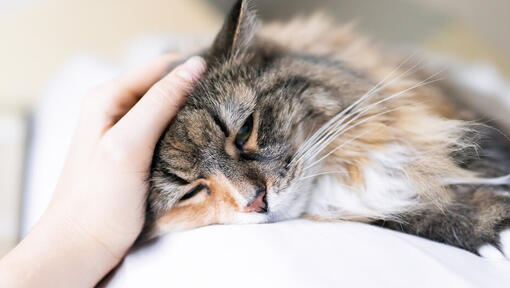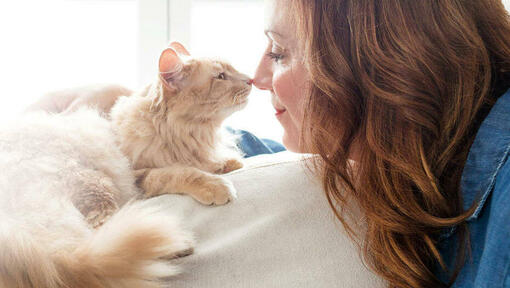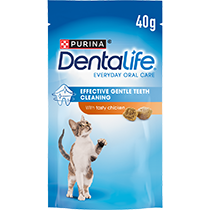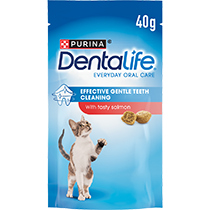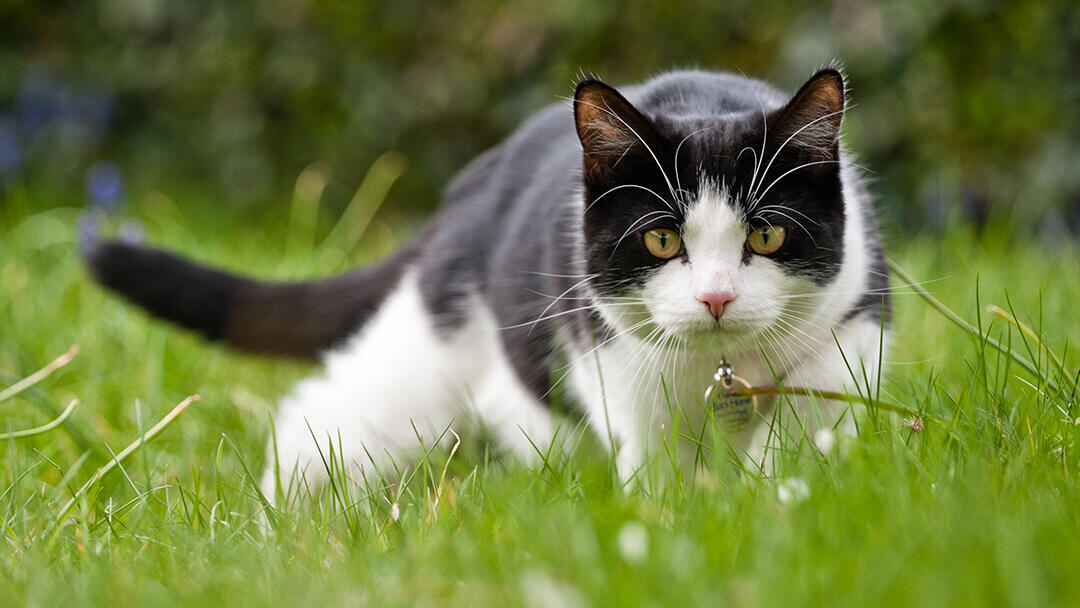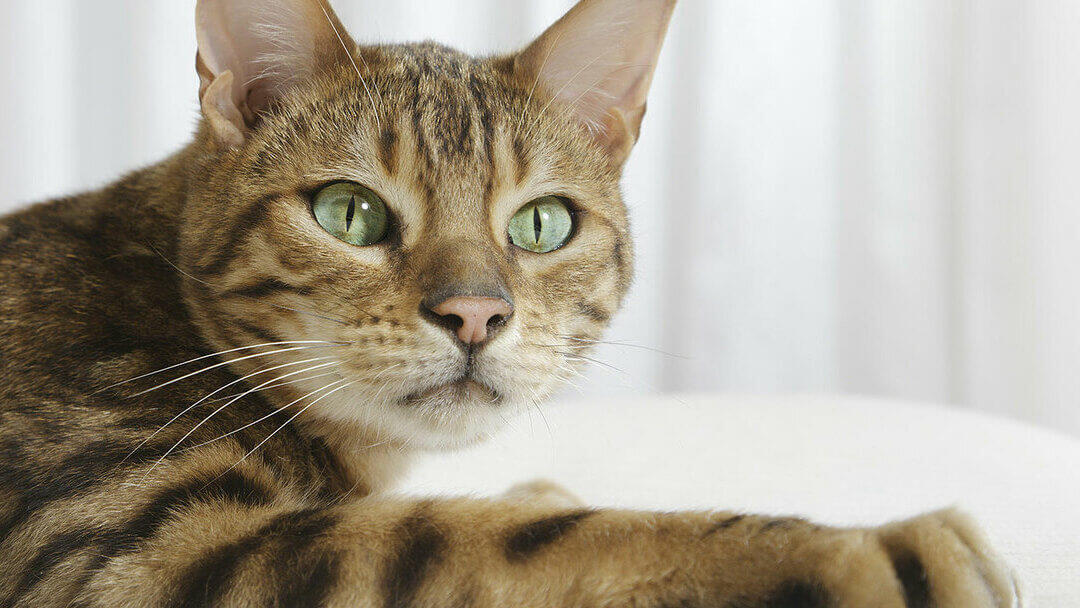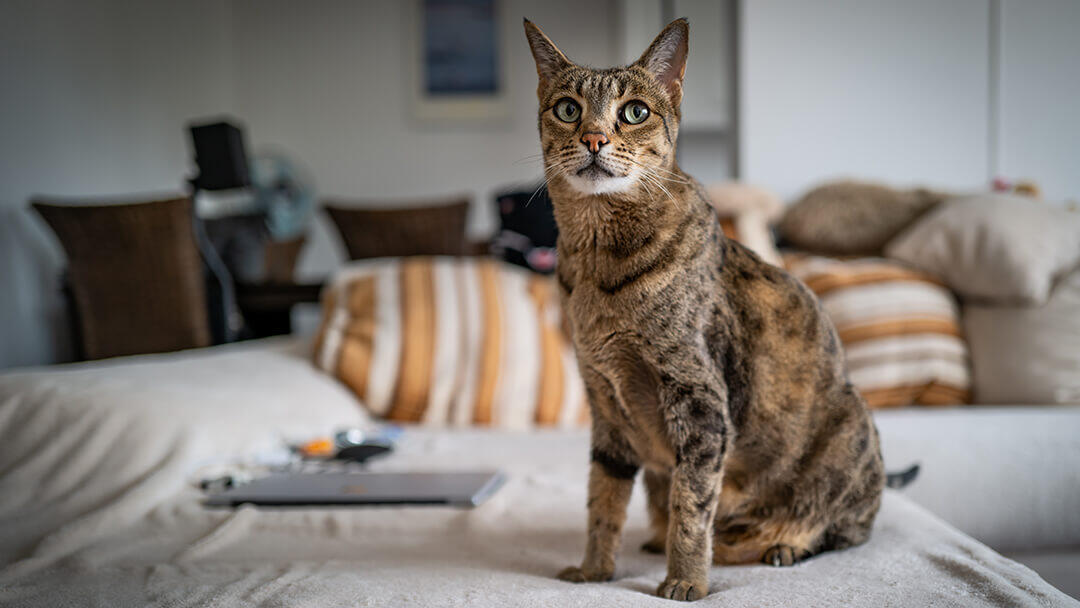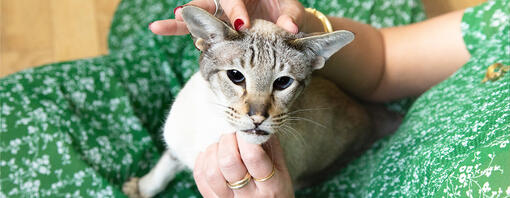
How do cats show affection?
You might notice that your cat is more inclined to wander around when you’re at home; they might relax in a different part of the house, or simply meander from room to room. Some owners take this as a sign of disinterest and think that their cat doesn’t care whether they’re in the house together, or if they’re left alone.
But nothing could be further from the truth! Cats are more likely to explore and interact with their environment when they feel relaxed and comfortable in a person’s presence. So if your pet is often on the move while you’re with them, take it as a subtle sign of how a cat shows affection! The message here is that they are more comfortable in your presence.
Body language
Body language and more specifically, tail language, is very important when considering how do cats show love.
You can tell a lot from the way in which a cat is holding their tail. Often, when showing affection cats use their body and tail as a form of expression. Sometimes by winding their way through your legs, or even just by sitting close enough so that their tail touches you when they swing it. A very happy cat tail position is upright, with a slight curve at the top, which means that they are glad to see you!
Similarly, if a cat feels comfortable enough to offer up their belly for a rub, this is the ultimate sign of trust and affection.
Vocalisation
While cats can’t say ‘I love you’, they can use what vocalisation is available to them to help to communicate their affection.
Purring is often used as a sign of pleasure and contentment. This is often expressed during close contact, such as stroking or grooming, but purring isn’t just about your cat having an enjoyable experience. They are letting you know through vocalisation, how much they are enjoying their bonding time. Whilst there might be an element of ‘please don’t stop!’ in that purring, they’re also saying ‘I love you!’.
Greetings
Your cat has the chance to show their affection every time that you walk through the door. Pets that rush to the front door when it’s opened, with a lot of meowing are trying to say that they’re happy to see you.
Eye contact
Eye contact can be intimidating. It’s difficult to read and the meaning is completely different between species. Whilst you might have heard never to make eye contact with a gorilla because it’s a sign of aggression, there are other animals that use staring as a way of showing love. Eyes are the window to the soul!
Eye contact is huge factor in how do cats show love. Whilst a long, lingering, unblinking stare might not seem like the friendliest of gestures to a human, you have to think about it from a cat’s perspective. Cats only make eye contact with people they like and are even known to make ‘eye kisses’! This is when a cat will stare with half closed eyelids and slowly blink, repeatedly. It’s a gesture that can be reciprocated, so if you notice your cat giving you a ‘kiss’, why not give them one in return?
Grooming
Cats are incredibly hygienic animals that enjoy their grooming. Whether this is being comfortable enough with their owner to allow them to comb, fluff or even brush their teeth. Grooming sessions are some of the most intense bonding experiences for cats. Never underestimate the power of the comb!
Between animals and in family groups, cats display affection with mutual grooming. Occasionally, cats will also extend this to humans by using their tongue to lick them as they would their own fur. It’s a way of mingling scents and is the ultimate gesture in how do cats show affection.
Pawing and biting
Sometimes it might feel like your cat is on the verge of being aggressive, when they’re actually trying to display affection. Pawing or paddling isn’t always the most pleasant gesture to receive as a human, but it’s important to understand the context. Kittens ‘knead’ at their mothers when feeding to increase the supply of milk and so when used on owners, it’s most definitely a gesture of love!
Similarly, although ‘love bites’ shouldn’t be encouraged, these gentle nips are often a sign of affection rather than anything aggressive.
Cheek rubs and head-butts
Headbutting and cheek rubbing are both social behaviours that are learnt and expressed throughout kitten-hood. Both are ways in which cats build bonds and affection with other animals and by extension, with the humans they do it to.
Cats have an incredibly sophisticated sense of smell and when they love another creature, attempt to both mark and mingle scents with them. Headbutting and cheek rubbing is an effective way for them to do so—and to say ‘I love you!’.
How do cats show love? It’s always different! Although there are many signs and common behaviours for feline affection, there is no better way to tell that a cat is making a gesture of love than by establishing a strong, individual bond with your pet.



